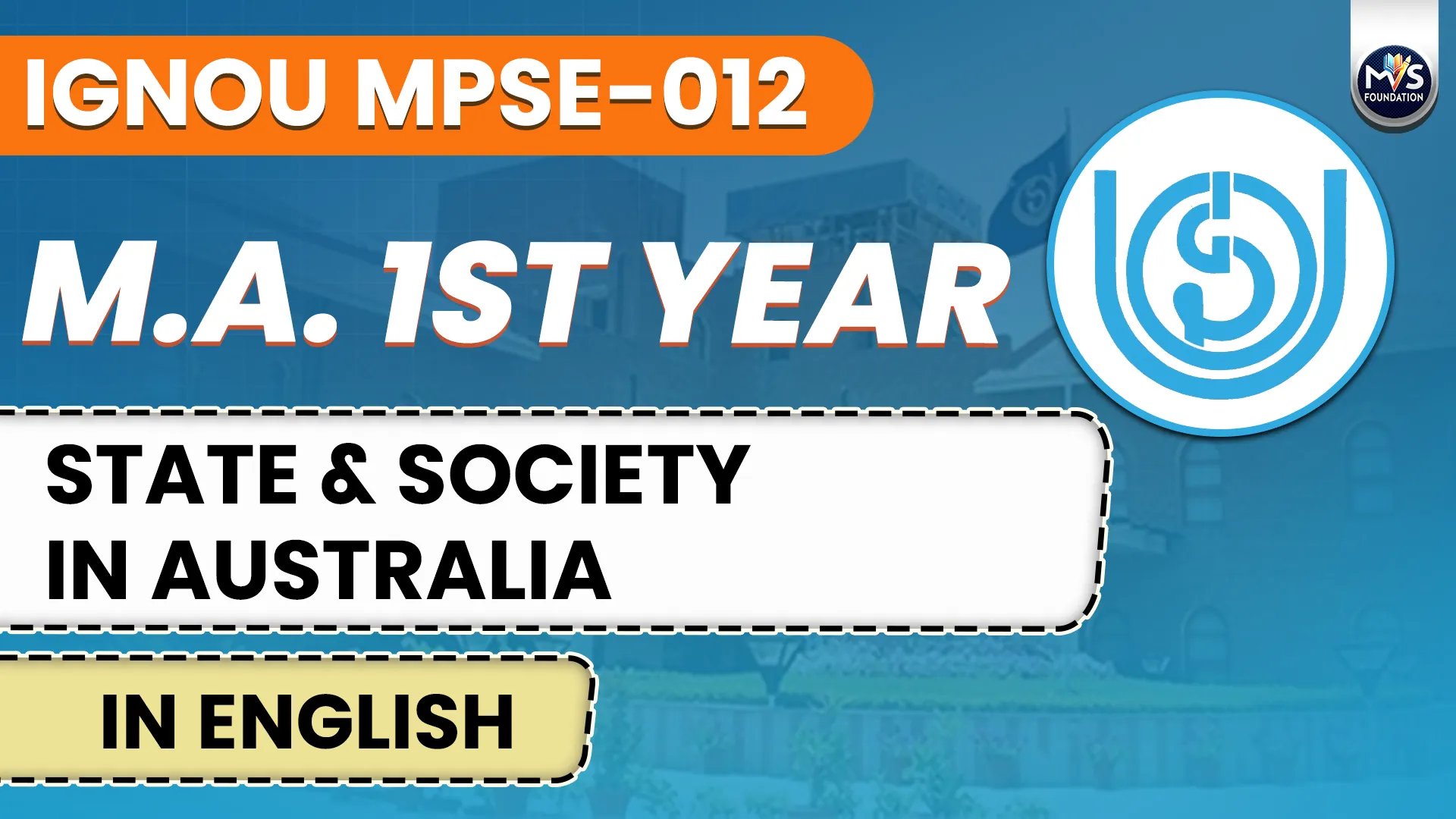
Get in Touch
We will get back to you within 24 hours.
Welcome to MVS Blog

1. Discuss the characteristics of multiculturism in Australia.
Answer-
Introduction
Australia is a multicultural country, which means that it is home to people from a diverse range of cultural, ethnic, and linguistic backgrounds. Since its introduction in the 1970s Australia's policy of multiculturalism has shaped Australia's identity and supported our development as a multi-racial, harmonious and cohesive society. While the concept of multiculturalism has been subject to debate and review over time, Australia's non-discriminatory migration system supports cultural diversity. A commitment to multiculturalism to manage this diversity, within the framework of Australian values and laws, has had the broad support of Australian governments for over thirty years, history of Australia's multiculturalism and the migration trends that define our cultural diversity.
Characteristics of multiculturism in Australia.
1. Cultural diversity: Australia is home to people from over 300 different cultural backgrounds, and this diversity is reflected in the country's food, music, art, and other cultural practices.
2. Multilingualism: Many Australians speak languages other than English, and the country is home to speakers of over 300 different languages.
3. Religious diversity: Australia has a diverse range of religious beliefs and practices, with the largest religions being Christianity, Islam, Hinduism, and Buddhism.
4. Multicultural policies: The Australian government has a number of policies in place to promote cultural diversity and to support the integration of people from different cultural backgrounds into Australian society. These include initiatives to promote linguistic diversity, cultural understanding, and intercultural dialogue.
Our cultural diversity: a brief history
The foundations of Australian multicultural policy
Australia has an enduring history as a successful and productive multi-racial community. What has changed over decades has not been the fact of Australia's population diversity but the different policy frameworks developed by government to develop and interpret that diversity.
Multiculturalism is a coordinated long-range response to migration patterns that have resulted in diverse people and cultures occupying the same locality, who share the aim of making a home for themselves and their families in a community within a safe, stable and cohesive nation. The demographic fact of cultural diversity a set of policies, programs and services; as well as a concept that articulates normative ideals about society.
Australia's first national policy of multiculturalism followed the recommendations of the Galbally Report (1978).
The report was compiled for the Fraser Government as part of its review of migrant services and programs.
Key principles enunciated in the report were:
The policy represented a distinct shift away from the assimilation approach which had dominated in the 1940s and 19505.16 Assimilation demanded surrender of language and cultural heritage and a fast integration into mainstream society. The new culturalpolicy recognised that migrants could retain their cultural identity and successfully integrate with support over time.
Conclusion
Overall, multiculturalism in Australia is seen as a positive force that enriches the country's social and cultural fabric and helps to create a more harmonious and inclusive society.
0 Response